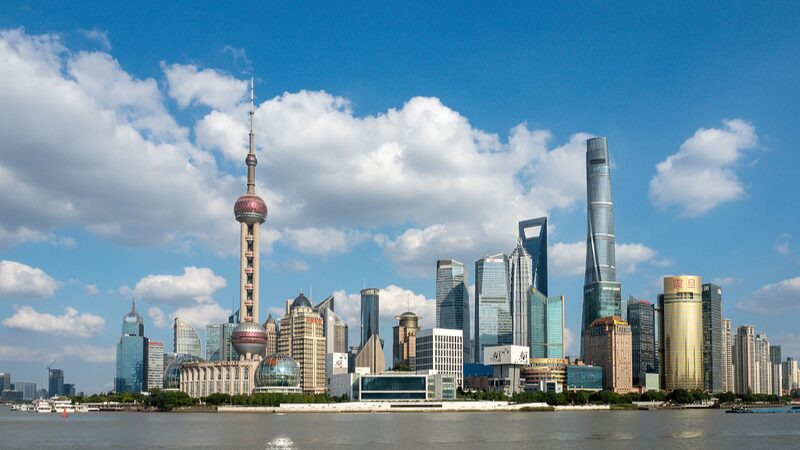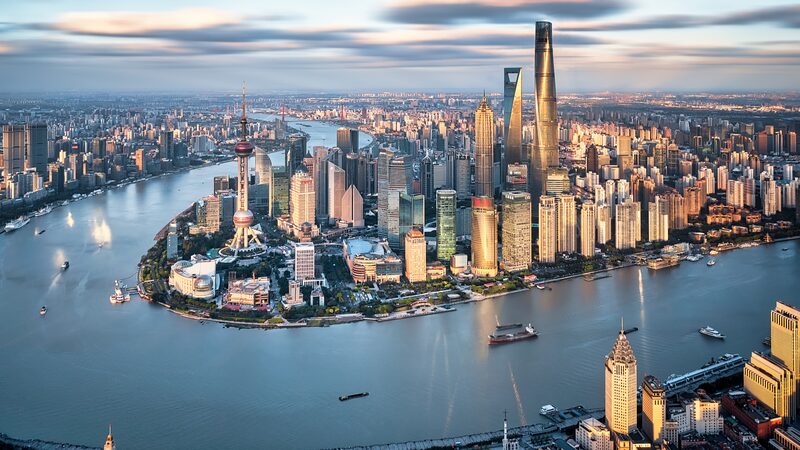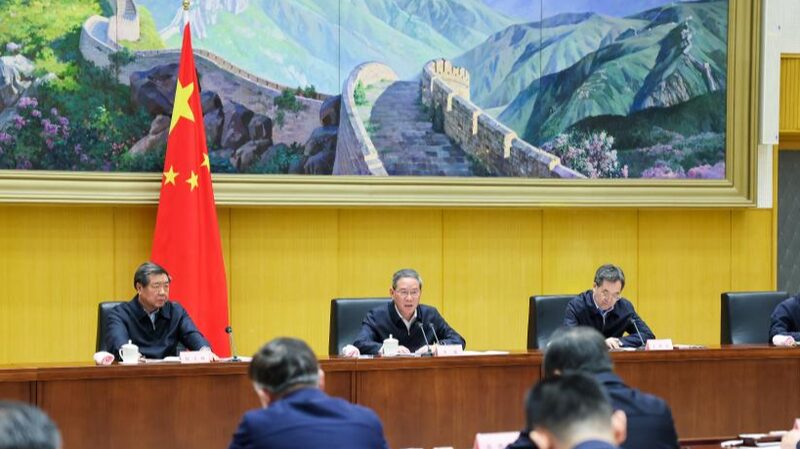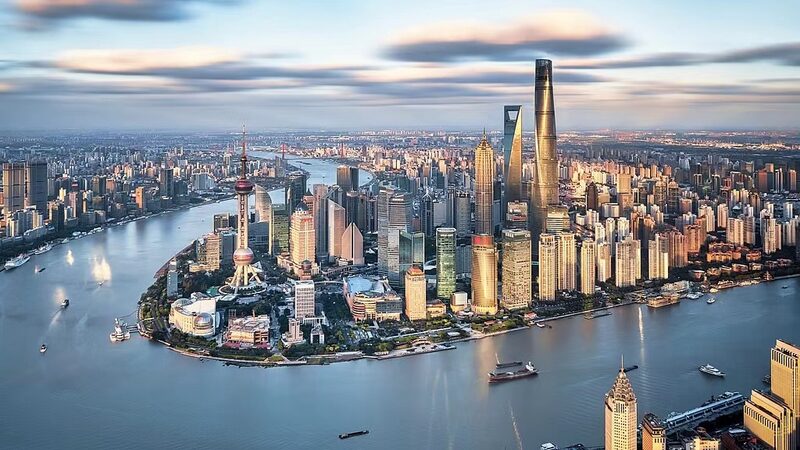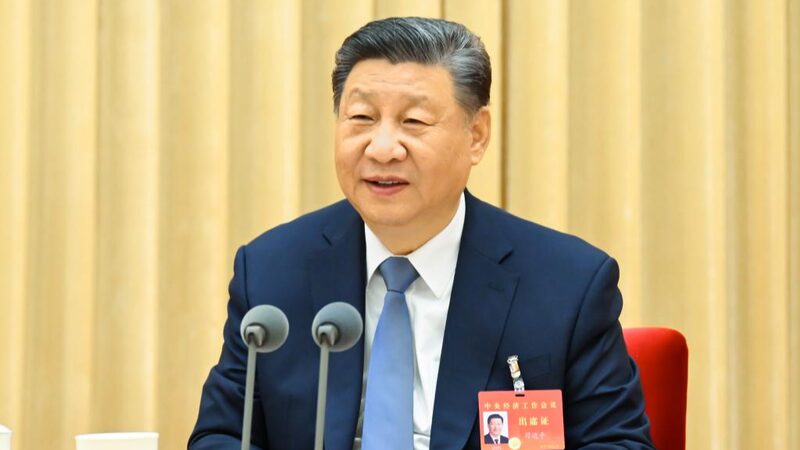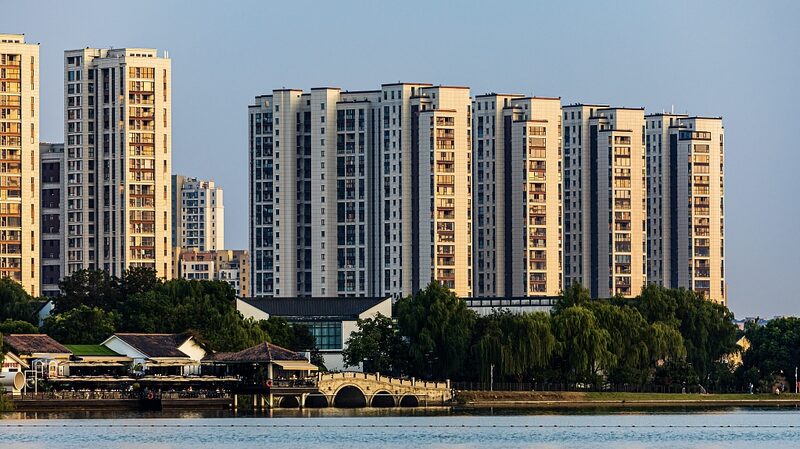Amid global economic challenges, China is proactively implementing new policies to bolster domestic demand and investment, crucial for sustaining its economic growth. Premier Li Qiang’s recent remarks at the China International Import Expo expressed confidence in achieving this year’s GDP targets and maintaining a positive outlook.
The policies introduced in the third quarter mark a strategic shift from a heavy reliance on investment to a balanced emphasis on both investment and consumption. Aimed at substantially expanding domestic demand, these policies focus on enhancing macroeconomic efficiency, fueling domestic consumption, supporting enterprises, stabilizing the real estate market, and revitalizing the capital market. Rather than short-term fixes, they are designed to drive structural reforms.
Early indicators from October’s economic data suggest these measures are gaining traction. The rebound of the manufacturing Purchasing Managers’ Index (PMI) to 50.1 indicates revitalization in production activities. The real estate market shows signs of stabilization, with a notable increase in housing loans and a 3.9 percent year-over-year rise in new and second-hand home transactions, marking a positive development after eight months of decline. Additionally, a 7.5 percent year-over-year increase in M2 money supply and a 1.40 trillion yuan ($194 billion) rise in social financing underscore strengthened enterprise production willingness and investor risk appetite.
As the year-end approaches, these policies are expected to further energize China’s economy, potentially shaping growth in the fourth quarter and influencing the country’s overall annual economic trajectory. The focus on both investment and consumption aims to build a more resilient economic structure, capable of withstanding global headwinds.
Reference(s):
Incremental policies energize China's growth as year-end approaches
cgtn.com
